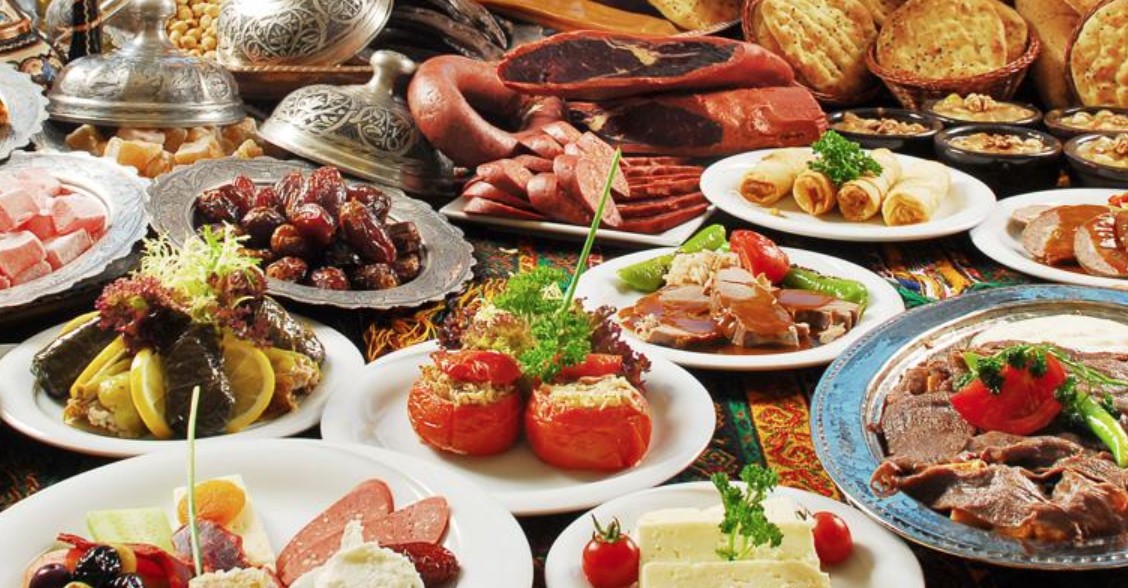Introduction: Turkish street food culture
Turkish street food culture is an integral part of Turkey’s culinary heritage. It is vibrant, diverse, and reflects the country’s rich history and cultural diversity. Turkish street food is a reflection of the country’s various regions and their distinct tastes and ingredients. From Istanbul’s bustling markets to the coastal towns of the Aegean, Turkish street food is a beloved part of the country’s food culture.
History of Turkish cuisine and street food culture
The history of Turkish cuisine dates back to the Ottoman Empire, where the elite enjoyed lavish meals consisting of various meats, vegetables, and sweets. Street food, on the other hand, was an affordable and quick way for the masses to satisfy their hunger. The first street food vendors in Turkey began selling simple food items such as roasted chestnuts, corn, and simit (a type of sesame-covered bread). As the country’s population grew, street food culture evolved, and new food items were introduced, catering to different tastes and preferences.
Popular Turkish street foods and their origins
Some of the popular Turkish street foods include doner kebab, lahmacun, baklava, and borek. Doner kebab, a meat dish cooked on a vertical rotisserie, originated in Bursa, a city in western Turkey, in the 19th century. Lahmacun, a thin flatbread topped with minced meat and herbs, originated in southeastern Turkey and is a popular street food item. Baklava, a sweet pastry made from layers of filo pastry and honey or syrup, is another popular dessert that originated in Ottoman-era Turkey. Borek, a pastry filled with cheese, spinach, or meat, is a staple food item in Turkish cuisine and is often sold by street vendors.
Influence of street food on Turkish cuisine
Turkish street food has had a significant impact on Turkish cuisine. Street food vendors have introduced new ingredients and techniques to traditional Turkish dishes, adding depth and flavor to the cuisine. For example, the use of lamb meat in Turkish cuisine can be traced back to the doner kebab, which has become a ubiquitous part of Turkish cuisine. The popularity of street food has also given rise to new food trends and fusions, inspiring chefs and home cooks to experiment with different flavors and ingredients.
Examples of Turkish dishes with street food influence
Some examples of Turkish dishes that have been influenced by street food culture include Iskender kebab, a dish made with thinly sliced lamb meat, tomato sauce, and yogurt, and served with bread or rice. The dish is named after Iskender Efendi, the inventor of the doner kebab. Another example is pide, a type of Turkish pizza that is sold by street vendors, with different fillings such as cheese, meat, and vegetables. Similarly, gozleme, a type of savory Turkish flatbread, is often sold by street vendors and has become a popular food item in Turkish cuisine.
Conclusion: Street food’s impact on Turkish cuisine
Turkish street food culture has played a significant role in shaping the country’s culinary heritage. The impact of street food on Turkish cuisine can be seen in the use of new ingredients, cooking techniques, and flavors. Street food has also given rise to new food trends and fusions, inspiring chefs and home cooks to experiment with different flavors and ingredients. Today, Turkish cuisine is a reflection of the country’s rich history and cultural diversity, with street food culture at its heart.

